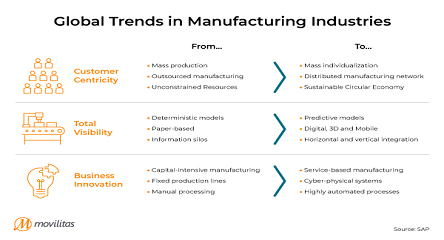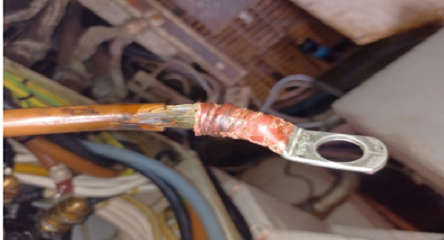Computerized (CMMS)
If we take a look back at history, maintenance was largely reactive rather than proactive, due to the use of pencil and paper before the 1980s. Therefore, maintenance could only be scheduled if something went wrong. During this time, preventive maintenance wasn’t ideal for the use of tracking assets because asset maintenance records were stored in file cabinets.
Between the late 80s and early 90s, companies began to convert to computers and move away from tracking maintenance with pencil and paper. This change allowed CMMS to help companies quickly track work orders, produce efficient reports, and finally decide which assets needed preventive maintenance. The use of CMMS resulted in expanding asset life cycles, cutting costs, and increasing profits in a big way.
Maintenance (CMMS)
Maintenance is the everyday tasks users perform when using a CMMS, such as giving feedback on a work order or inspecting a generator from a preventive maintenance request.
In all, the daily tasks of a technician cannot be completed through standard computer software, but it can prioritize tasks efficiently such as inventory management and preventive maintenance. By utilizing CMMS, workers can actually concentrate on more hands-on maintenance.
Management (CMMS)
The most important role of CMMS is managing maintenance. Maintenance management software allows users to have a deep insight into their maintenance needs with intricate work order schedules, inventory deadlines, and reliable reports. CMMS cuts down the overhead of maintenance management by allowing organizations to retrieve accurate data and make competent decisions.
System (CMMS)
In CMMS, a system is a collaboration of features and capabilities. To maximize the benefits of CMMS, the best system would be one that reduces costs, saves time, and allows workers to complete their existing maintenance jobs efficiently. Many CMMS offers different solutions due to the variety of systems that are out there.
CMMS packages can produce status reports and documents giving details or summaries of maintenance activities. The more sophisticated the package, the more analysis facilities are available.





